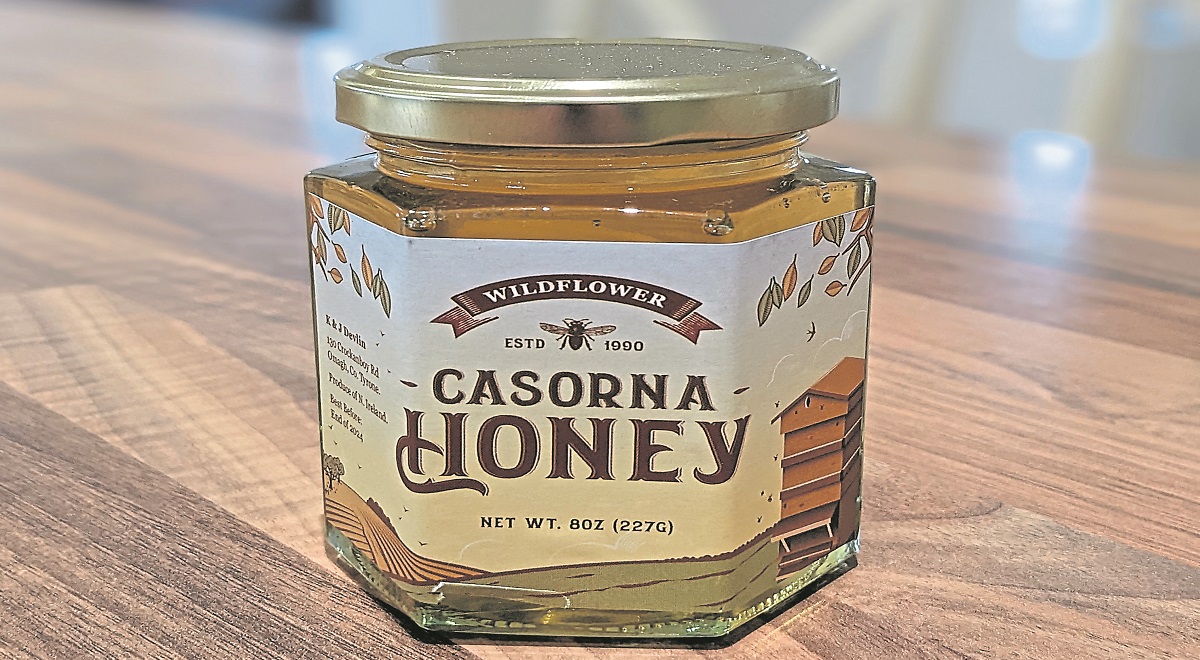In Norse mythology there’s a drink called ‘the Mead of Poetry’, so named because anyone who imbibes the mythical beverage is at once turned into a poet or a scholar.
Crafted from the blood of Kvasir (a wise being born of the ‘mingled spittle’ of the deities, Aesir and Vanir), the Mead of Poetry sounds like just the ticket for a Sunday morning after the night before, when a body isn’t feeling too intelligent.
“Put it like this,” a friend told me one Sunday morning after he’d been out on the tiles. “I’m not too bad but I couldn’t exactly work for air-traffic control.”
The oldest known alcoholic drink, mead is widely considered to pre-date both agriculture and ceramic pottery. That means even before New Stone Age (pre-Neolithic) people had worked out that if you stick a seed in the ground a plant will grow, they were already four sheets to the wind, pumping horns of honey wine down their gullets and making up crude Limericks. It’s all about priorities, I suppose.
That is all speculation of course, because actual evidence of people drinking mead doesn’t turn up in archaeological records until 7,000 BC. That was in northern China; in Europe the first records didn’t surface until around 1,800 BC. Closer to home, and mead was apparently a popular drink in medieval Ireland, arriving courtesy of St Modomnóc of Ossory who also reputedly brought bee-keeping to these islands in the 5th Century. Good man, Modo.
You may or may not be aware of this but 2022 has been a bumper year for bee-keepers around these parts. As is the case with people who are lucky enough to have an apple tree or two in their gardens or as was the over-abundance of wild berries among the bushes, the past year has been a real boon in terms of botanical produce.
“A once in a generation year for bee-keepers,” my father summed up, during one of our recent sessions processing his Klondike of honey. “I’ve never seen anything like it.”
And neither had I. Nor had I previously been so conscious of the miraculous bounty the humble bee collects and provides for our benefit. This year’s harvest, as well as being one of the most handsome in living memory, is also one of the best in terms of taste. Whether it’s wildflower honey or the much sought-after heather honey, this year has produced a vintage like no other. Which is why my honey consumption has spiked.
And so it came to pass that, continuing in the staggering footsteps of my forebears and armed with six litres of the finest Cassorna Honey gifted from my bee-keeping pater familias, I embarked on my very own first mead mission the weekend before last. Accompanied by three (more knowledageable) friends, the plan was simple: Preserve the 2022 vintage in such a way as would make the New Stone Age legends proud: A basic honey mead.
Personally, I’m not overly au fait with the science behind brewing technologies like specific gravities or hydrometers (that’s why the three knowledgable friends were in tow) but as our ancestors knew only too well, an amateur mead maker doesn’t have to be.
As Making Mead: A Complete Guide to the Making of Sweet and Dry Mead (1984) reveals, the most basic mead can be produced by flooding a bees’ nest (water + fermenting honey = mead). Whilst our small band wasn’t aiming for the celestial heights of appellation d’origine contrôlée standards, we certainly wanted more than the alcoholic bee porridge of flooding a hive. In short, we wanted a basic mead which didn’t make us go blind. Also, we had those six litres of liquid gold to make the magic happen.
On the day in question we actually had more than enough honey to make a bucket-load of mead (the term ‘bucket’ is used to describe a large fermenter), but still, we decided to make use of all of the gifted six litres of 2022 vintage. As well as the mead, we also set about crafting a dry-hopped honey beer. And that’s basically what we did. As a friend once said about home-brewing: “It’s washing up with benefits.” In other words, so long as you make sure everything is super-clean when you’re doing your brewing, you can’t go wrong.
As you can see in one of the photos (the one with the four fermenting buckets), we had enough honey to make lots of both. Of those four buckets, one contained the honey beer, the next contained the mead, the next contained a hoppy cider (I had been gifted a lot of apples recently and already had that brew on the go) and the last would eventually contain a home-made stout.
Altogether, including all of the buckets, we’d have at least 80 litres of home-brew. That’s roughly 140 pints or almost 18 gallons.
Although I am no stranger to the many benefits of beers or ciders, it is the mead I am most looking forward to. If it tastes even half as good as the honey does, we’re onto a real winner.
As with other brewed beverages, mead improves with age and in fact, one of the knowledgable friends suggested it should be left for a year for maximum effect. Personally, I’m not sure I’ll have quite as much patience as that, although I might secret away at least one bottle for 12 months to see what difference a year makes. For the time being, I have to wait until this Saturday to see what juvenile mead is like.
Me thinks I’ll be on the poetry before the weekend is out.
“There once was a man from Nantucket…”







